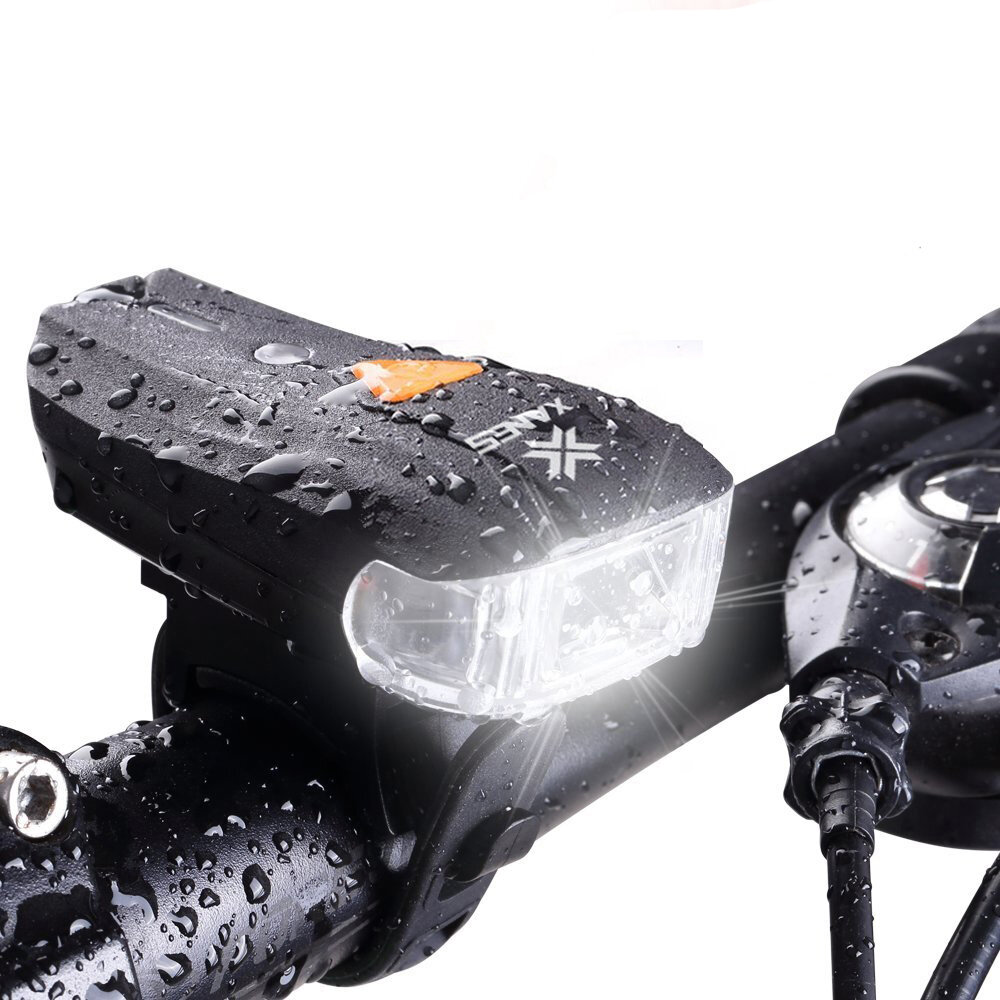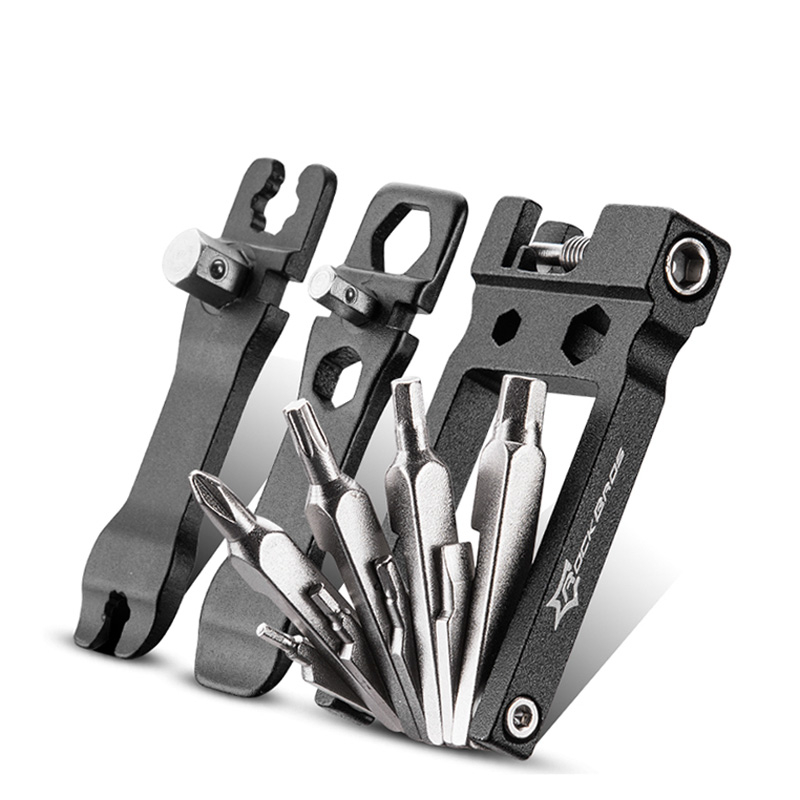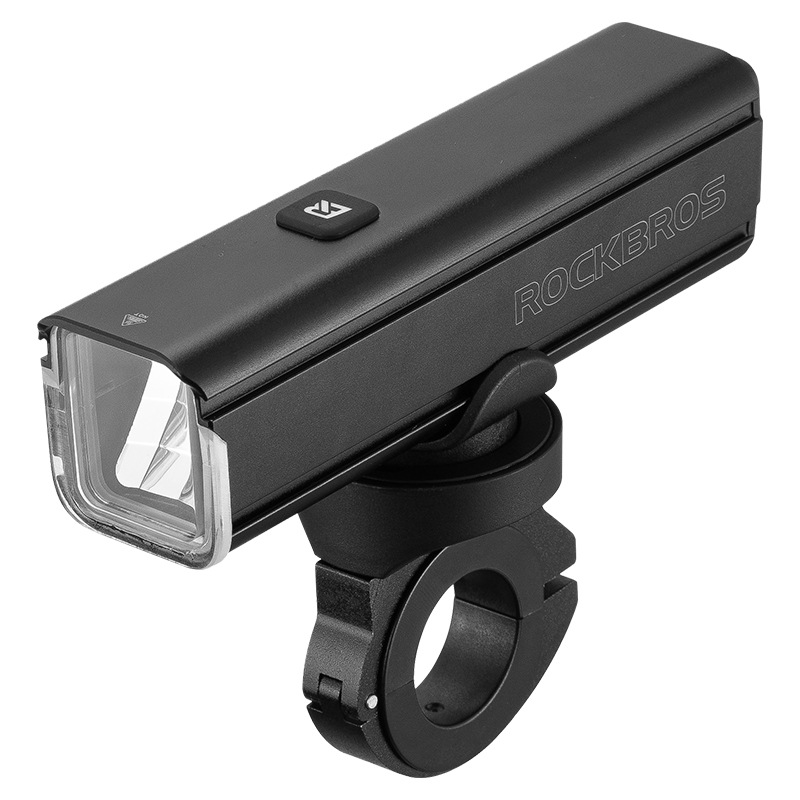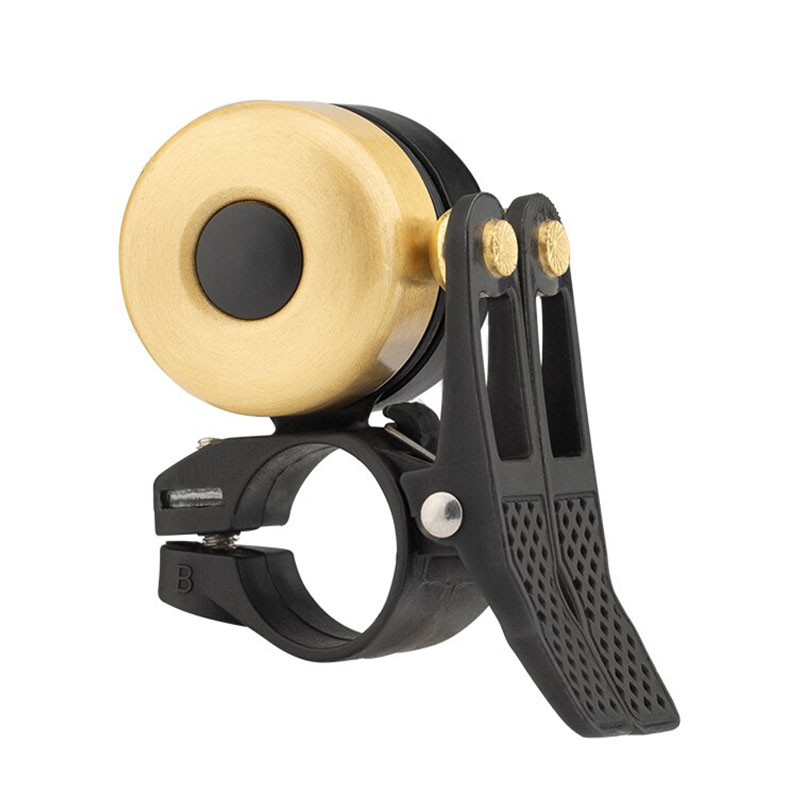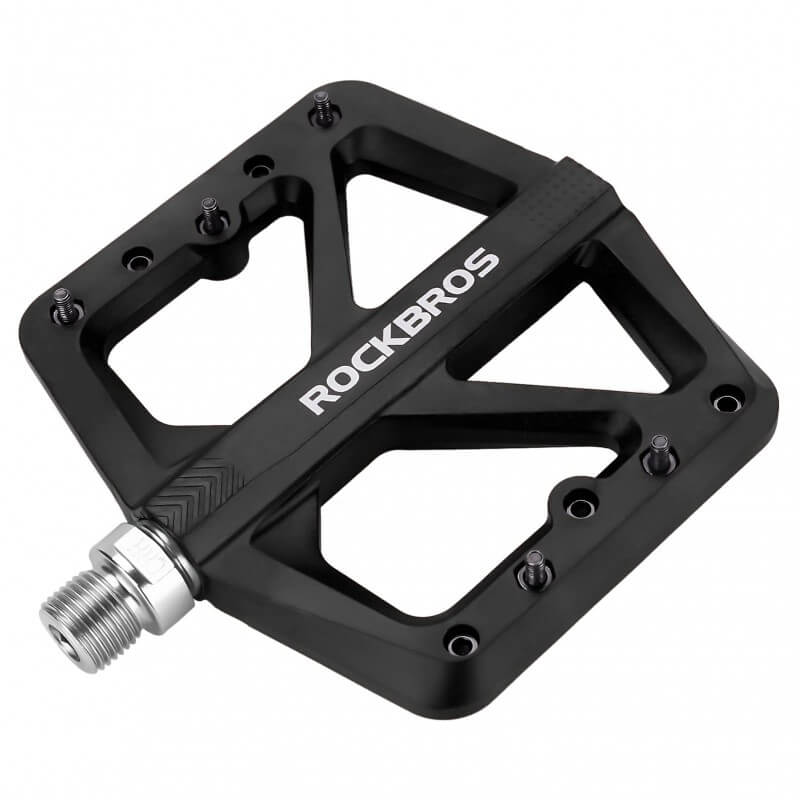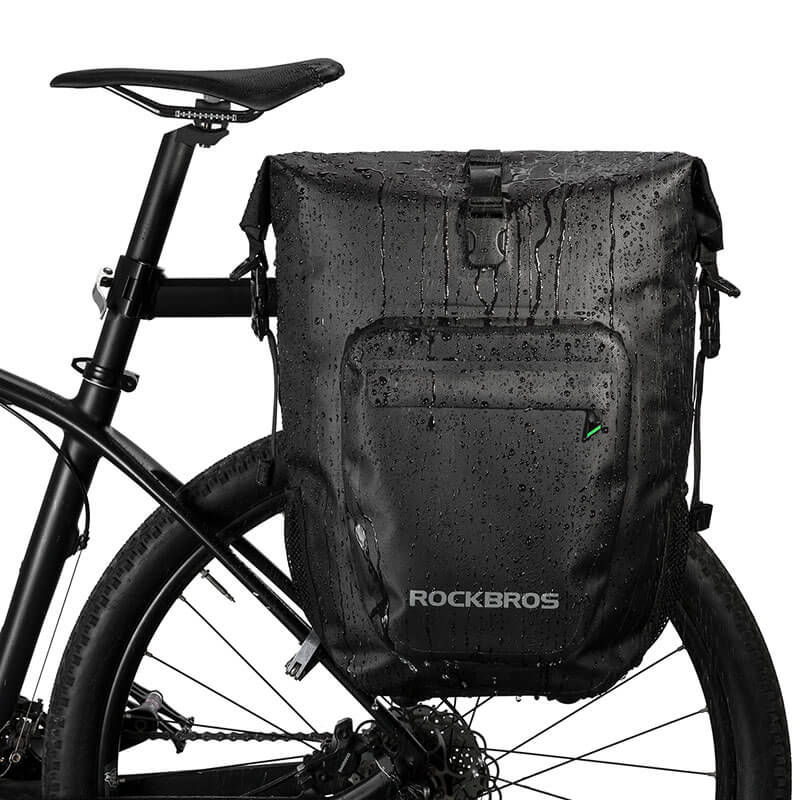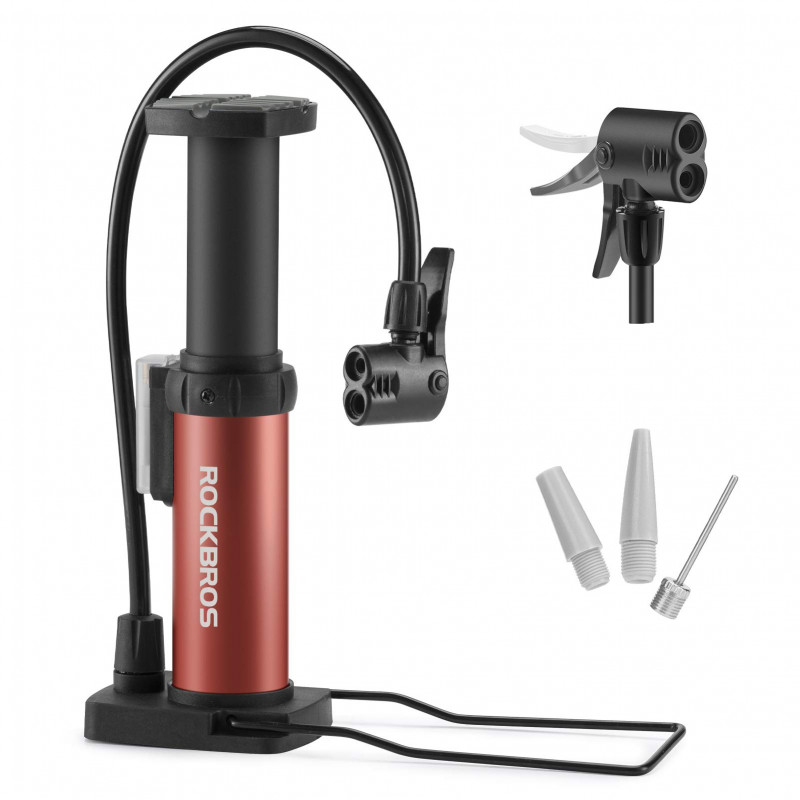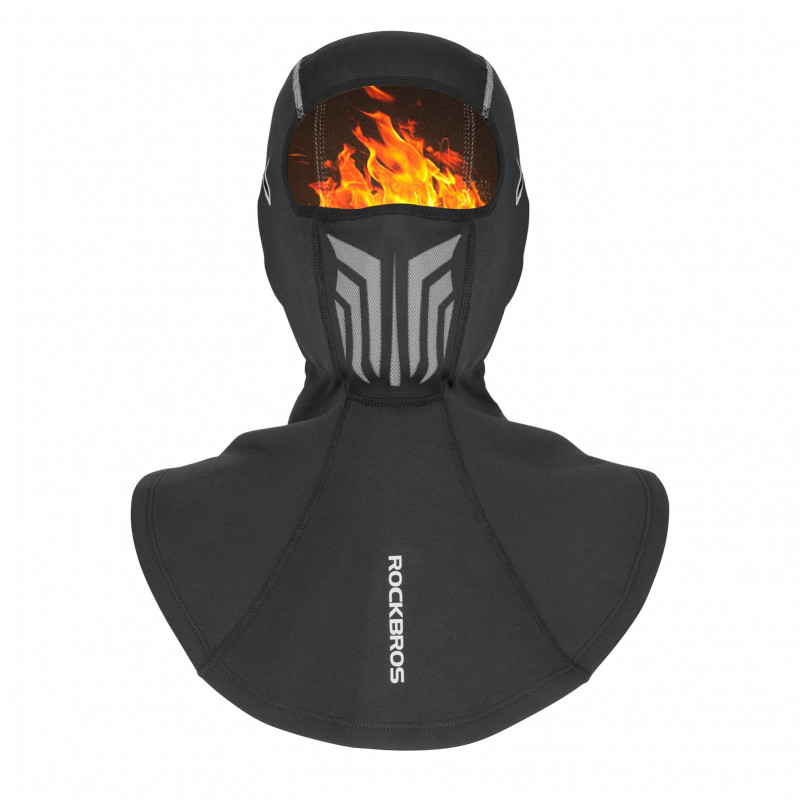The Importance of Quality Mountain Bike Tires for Traction and Grip
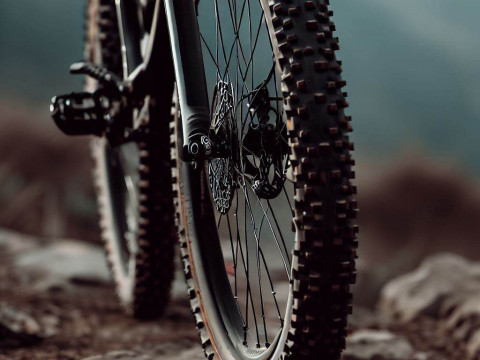
Mountain biking is an exhilarating and adventurous sport that requires riders to tackle diverse terrains, ranging from muddy trails to rocky descents. When it comes to enhancing performance and enjoying a safe ride, one crucial aspect often overlooked by riders is the quality of their mountain bike tires. In this article, we will explore the significance of high-quality tires for traction and grip, shedding light on various factors that contribute to an exceptional mountain biking experience.
Introduction
Mountain biking is an adrenaline-pumping activity that demands skill, endurance, and the right equipment. While riders often invest in top-of-the-line bikes, suspension systems, and other components, they may underestimate the impact of their tire choice on overall performance. Quality mountain bike tires play a vital role in providing traction and grip, enabling riders to navigate challenging terrain with confidence and control.
Understanding the Importance of Quality Mountain Bike Tires
When riding off-road, maintaining traction on various surfaces is crucial. Traction refers to the ability of the tires to grip the ground and prevent slipping or sliding. It is influenced by multiple factors, including tire tread patterns, tire width, tire pressure, and the terrain itself. Having tires that excel in providing traction ensures better control, stability, and ultimately a safer riding experience.
Traction: The Key Factor for Mountain Biking
Factors affecting traction
Traction can be influenced by several factors. The type of terrain, weather conditions, and even the rider's weight distribution impact how the tires interact with the ground. Understanding these factors can help riders choose tires that offer optimal traction for specific riding conditions.
The role of tire tread patterns
Tire tread patterns play a crucial role in providing traction. Knobs, lugs, and different patterns on the tire surface help in gripping the ground, dispersing water, and maintaining stability. Tires with aggressive tread patterns excel in loose and muddy terrains, while smoother patterns are more suitable for hard-packed trails.
Tire width and pressure
The width and pressure of the tires also affect traction. Wider tires provide a larger contact patch with the ground, improving traction and stability. Additionally, adjusting tire pressure according to the riding conditions can optimize grip and prevent excessive bouncing or tire deformation.
Grip: Enhancing Control and Confidence
While traction focuses on the interaction between tires and the ground, grip is concerned with the rider's control and confidence in maneuvering the bike. Quality mountain bike tires not only provide traction but also enhance grip, ensuring that riders can maintain control and ride with confidence across different terrains.
The relationship between grip and traction
Grip is closely tied to traction, as it determines how well the rider can steer, corner, and brake. When tires have a strong grip, riders can tackle obstacles and navigate turns with ease. A solid grip allows for efficient power transfer, enabling riders to accelerate and maintain speed without slipping or losing control.
Compound and durometer
The choice of tire compound greatly affects grip. Softer compounds offer increased grip by conforming to the ground and maximizing surface contact. However, they may wear out faster. Harder compounds provide durability but can compromise grip on certain terrains. Balancing the right compound and durometer ensures a suitable combination of grip and longevity.
Knobs and sipes for improved grip
Tire knobs and sipes contribute to grip by enhancing traction on different surfaces. Knobs are the raised elements on the tire tread that dig into the ground, providing grip and preventing slippage. Sipes, on the other hand, are small channels or grooves that improve flexibility and increase the tire's ability to conform to uneven surfaces, further enhancing grip.
The Impact of Tire Construction on Performance
Apart from traction and grip, tire construction plays a vital role in overall performance on the trails. Understanding key aspects of tire construction helps riders make informed choices when selecting the right tires for their mountain biking adventures.
Tubeless vs. tube-type tires
Tubeless tires have gained popularity in the mountain biking community due to their numerous advantages. By removing the inner tube and sealing the tire directly onto the rim, riders can enjoy lower tire pressures for increased traction and a reduced risk of pinch flats. Tubeless tires also offer better puncture resistance, allowing riders to ride with peace of mind.
Casing and sidewall strength
The casing and sidewall strength of a tire impact its durability and stability. A robust casing with strong sidewalls can resist punctures and withstand rough terrains. Riders who frequently encounter sharp rocks or thorns should opt for tires with reinforced casings to minimize the risk of flats and sidewall cuts.
TPI (Threads Per Inch)
TPI refers to the number of threads per inch in the tire's casing. Tires with higher TPI counts are generally more supple, offering better traction and a smoother ride. However, higher TPI tires may be more prone to cuts and punctures. Balancing TPI with the intended riding conditions helps riders select tires that deliver the desired performance and durability.
Choosing the Right Tires for Different Terrain
Different terrains require specific tire characteristics to optimize performance. Choosing the right tires for the type of riding you predominantly engage in ensures an enjoyable and safe experience.
All-rounder tires
If you enjoy a mix of terrains, all-rounder tires provide versatility. These tires feature a balanced tread pattern that performs well on various surfaces, including hard-packed trails, loose gravel, and moderate mud. All-rounder tires strike a compromise between grip, rolling resistance, and durability.
Mud-specific tires
For riders who frequently encounter muddy conditions, mud-specific tires are essential. These tires feature wider spacing between the knobs to prevent mud buildup and improve self-cleaning capabilities. Deep and aggressive knobs provide superior traction and grip in muddy terrains, allowing riders to maintain momentum and control.
Dry and loose terrain tires
In dry and loose terrains, tires with closely spaced knobs and softer compounds excel. The tightly packed knobs offer increased grip and control on loose surfaces, while softer compounds conform to the terrain for enhanced traction. These tires ensure riders can confidently tackle sandy, dusty, or gravelly trails.
Maintaining and Caring for Your Mountain Bike Tires
To ensure optimal performance and longevity of your mountain bike tires, it is essential to maintain and care for them properly. Here are some tips to keep your tires in great shape:
Proper tire inflation and pressure
Maintaining the correct tire inflation and pressure is crucial for optimal performance. Underinflated tires can negatively impact traction and increase the risk of pinch flats, while overinflated tires may result in a harsh ride and reduced grip. Refer to the tire manufacturer's recommendations for the appropriate pressure range and use a reliable pressure gauge to regularly check and adjust the tire pressure accordingly.
Regular inspection and tread wear assessment
Inspecting your tires regularly allows you to identify any signs of wear or damage. Check for cuts, punctures, or sidewall abrasions that could compromise the tire's integrity. Additionally, monitor the tread wear by examining the knobs. Worn-out knobs indicate the need for tire replacement to maintain optimal traction and grip. Replace your tires when the tread depth becomes inadequate for safe riding.
Cleaning and tire sealant application
After muddy or dusty rides, it is important to clean your tires thoroughly. Use a gentle brush, mild soap, and water to remove any debris and grime. Cleaning not only enhances the appearance but also prevents abrasive particles from wearing down the tread. Additionally, if you use tubeless tires, regularly inspect and replenish the tire sealant to ensure effective puncture protection.
Conclusion
Quality mountain bike tires are paramount for achieving optimal traction and grip, which are essential for safe and enjoyable rides. The right tire choice, considering factors like tread patterns, tire width, compounds, and construction, can significantly enhance control, confidence, and overall performance. Additionally, proper tire maintenance and care contribute to the longevity and reliability of your tires. By investing in high-quality tires and taking care of them, you can unlock the full potential of your mountain biking adventures.
FAQs
1. How often should I replace my mountain bike tires?
Tire lifespan depends on various factors such as riding conditions, frequency, and maintenance. As a general guideline, it is recommended to replace your tires when the tread wears down significantly or when you notice signs of damage that compromise performance and safety.
2. Can I use the same tires for different terrains?
While some tires offer versatility across different terrains, specialized tires designed for specific conditions can significantly improve performance. Consider selecting tires tailored to the terrains you ride most frequently to optimize traction and grip.
3. How do I know the correct tire pressure for my bike?
Refer to the tire manufacturer's guidelines for recommended pressure ranges. Factors such as rider weight, terrain, and riding style can also influence the ideal tire pressure. Experiment with different pressures to find the balance that provides the desired grip and comfort.
4. Should I choose tubeless or tube-type tires?
Tubeless tires are increasingly popular due to their advantages, including lower tire pressures, reduced risk of flats, and improved puncture resistance. However, tube-type tires still have their merits, such as ease of installation and lower cost. Consider your riding preferences and priorities to make an informed decision.
5. Can I mix different tire brands or models on my mountain bike?
While it is generally recommended to use the same brand and model of tires for optimal performance, mixing different brands or models can sometimes work well. Ensure the tire sizes, tread patterns, and characteristics are compatible to maintain balance and handling consistency.
In conclusion, the importance of quality mountain bike tires for traction and grip cannot be overstated. By understanding the factors that influence traction, grip, and tire construction, riders can make informed choices when selecting
